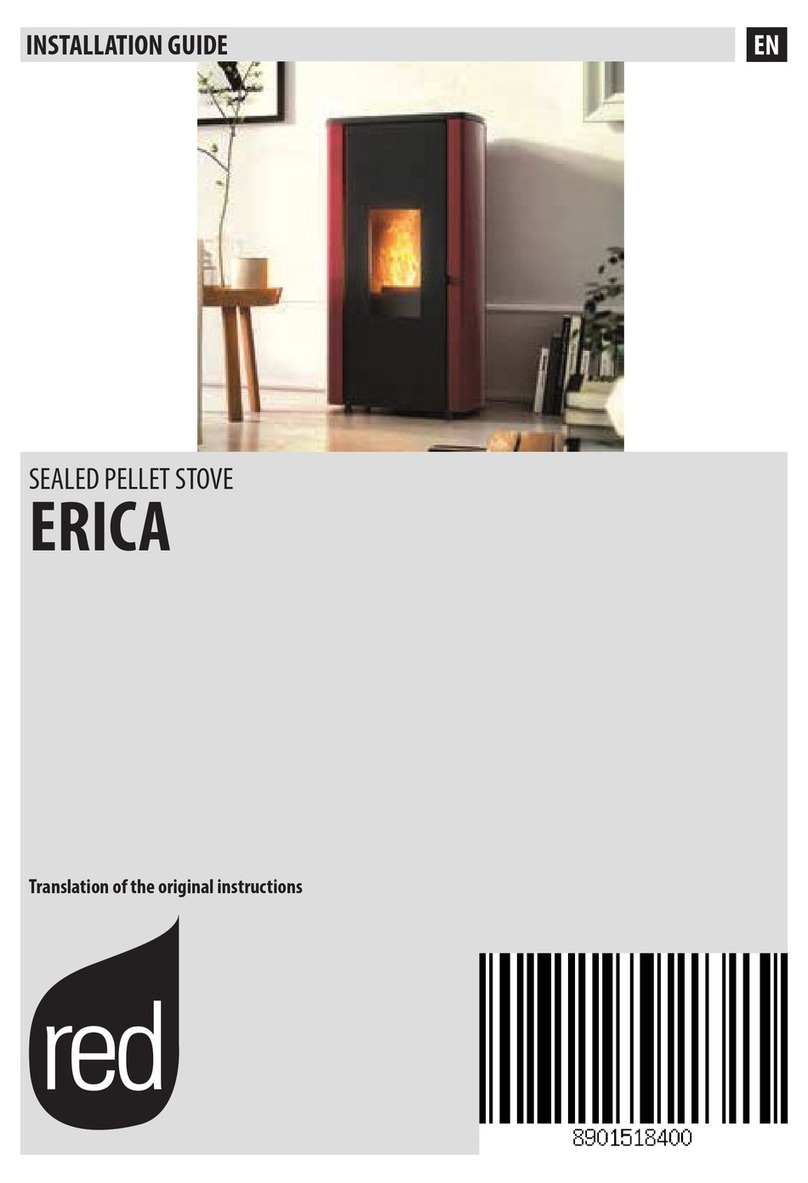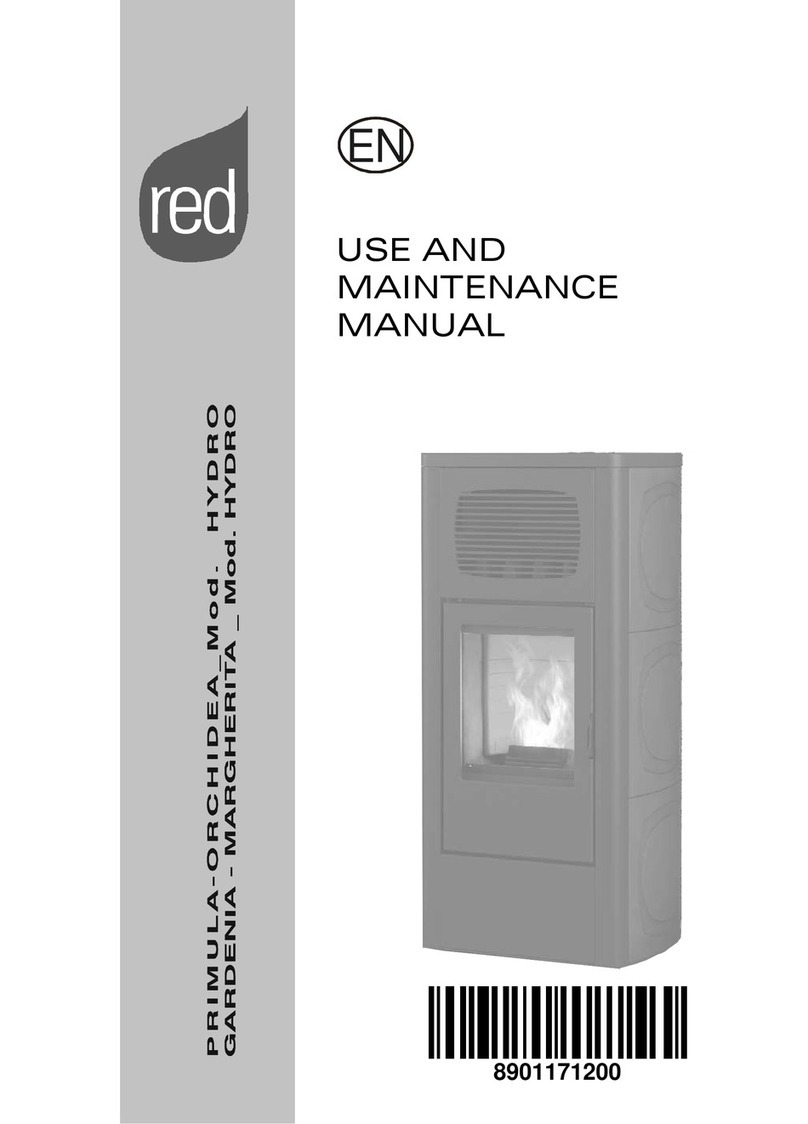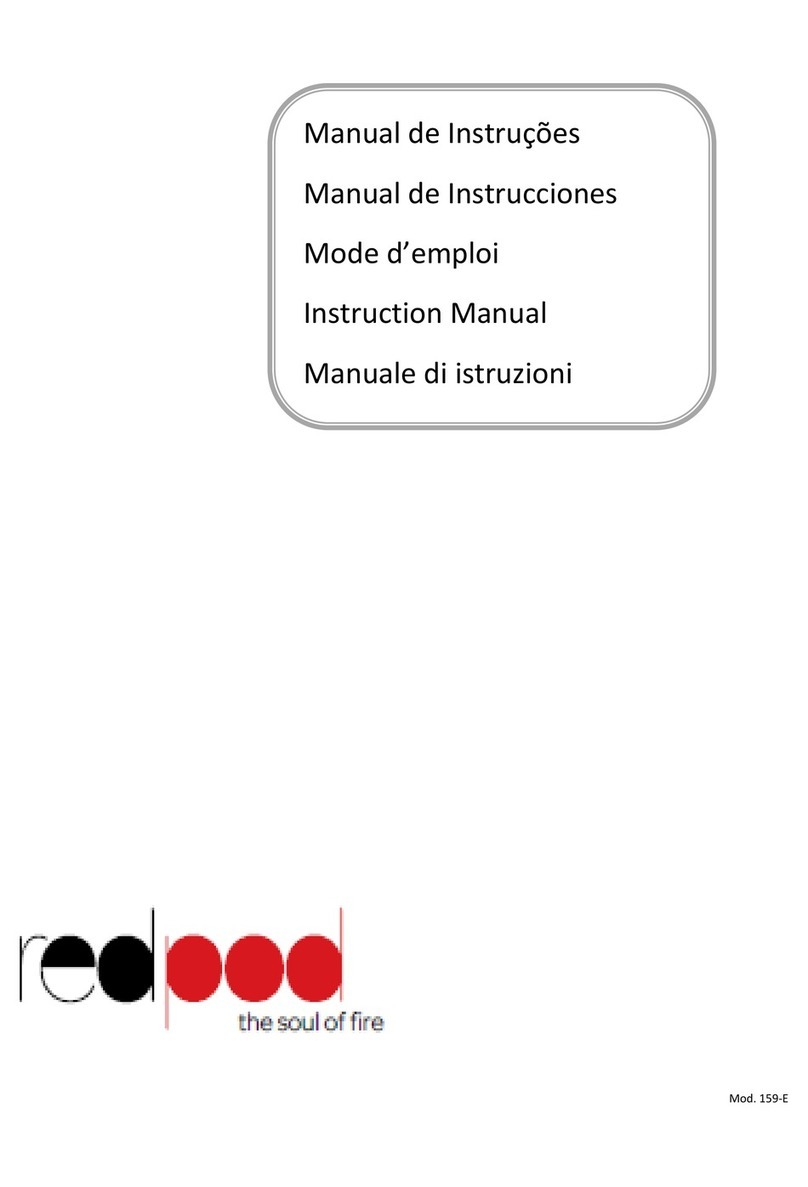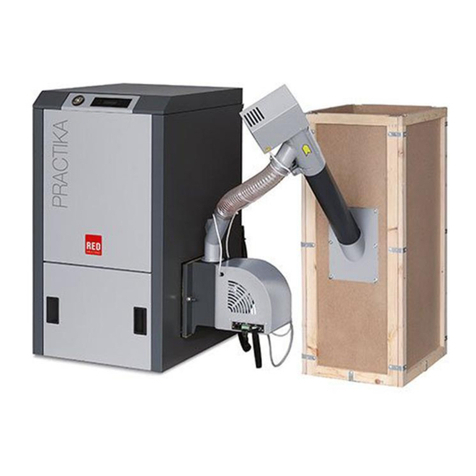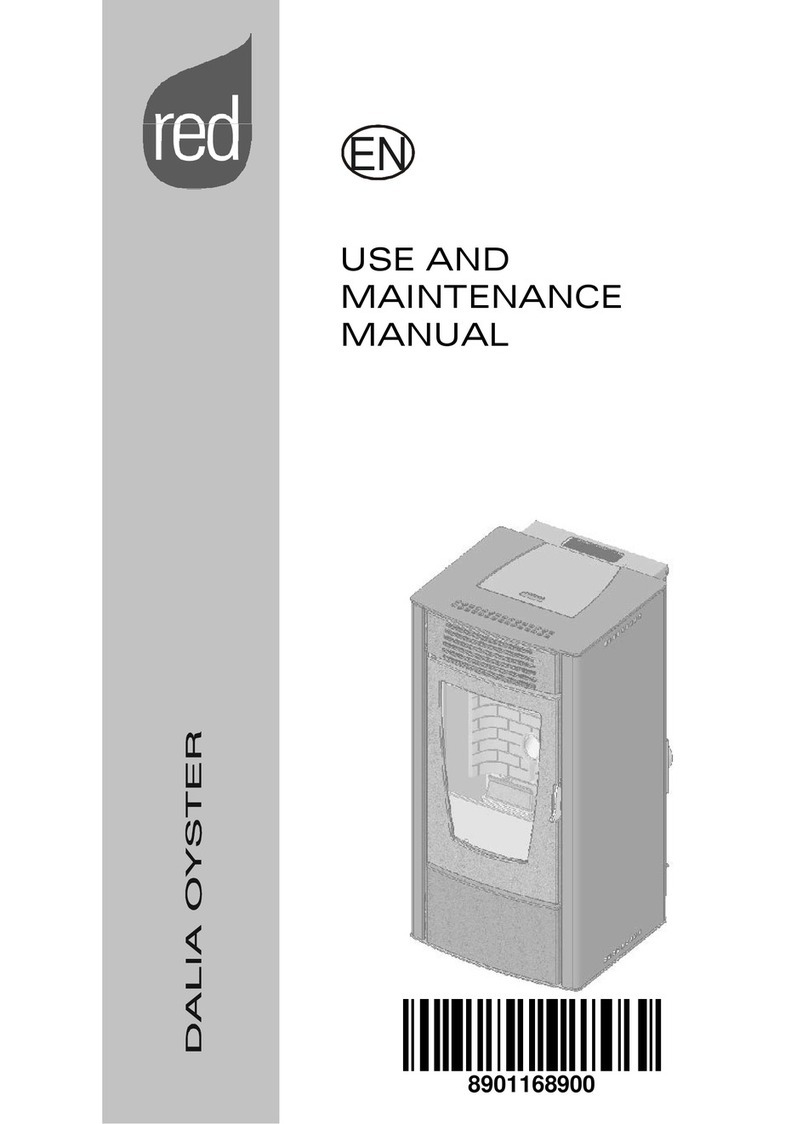6
1-WARNINGS AND WARRANTY CONDITIONS
EXCLUSIONS
The warranty does not cover malfunctions and/or damage to the appliance that arise due to the following causes:
• Damage caused during transportation and/or handling
• all parts that develop faults due to negligence or improper use, incorrect maintenance, installation that does not comply with the
manufacturer’s instructions (always refer to the installation guide provided with the appliance)
• incorrect sizing with regard to the use or faults in the installation or failure to adopt the necessary devices to guarantee proper
execution
• improper overheating of the equipment, use of fuels not conforming to the types and quantities indicated in the instructions provided
• further damage caused by incorrect user interventions in an attempt to x the initial fault
• worsening of the damage caused by the user continuing to operate the appliance even after the fault has been noticed
• in presence of a boiler, any corrosion, incrustations or breakages caused by water ow, condensation, hardness or acidity of the water,
improperly performed descaling treatments, lack of water, mud or limescale deposits
• ineciency of chimneys, ues or parts of the system aecting the appliance
• damage caused by tampering with the appliance, atmospheric agents, natural disasters, vandalism, electric shocks, res, faults in
the electric and/or hydraulic system.
• Failure to have the annual stove maintenance performed by an authorised technician or qualied personnel will result in the loss of
the warranty.
Also excluded from this guarantee are:
• parts subject to normal wear such as gaskets, glass, claddings and cast iron grilles, painted, chrome-plated or gilded parts, handles
and electric cables, bulbs, indicator lights, knobs, all parts which can be removed from the rebox.
• Variations in colour of the painted or ceramic/serpentine parts and crazed ceramics as they are natural characteristics of the material
and product use.
• masonry work
• plant parts (if present) not supplied by the manufacturer
Any technical interventions on the product to eliminate the above defects and consequent damages must be agreed upon with the
Service Centre, who reserves the right to accept the relative appointment or not. However, said interventions will not be carried out under
warranty but as technical assistance to be granted as part of any eventual and specic agreed conditions and in accordance with the fee
in force for the work to be carried out.
The user will also be charged for any costs incurred to remedy the incorrect technical interventions, tampering or damage to the appliance,
not attributable to original faults.
Save for the legal or regulatory limits, the warranty does not cover the containment of atmospheric and acoustic pollution.
The company declines all liability for any damage which may be caused, directly or indirectly, to persons, animals or objects as
a consequence of non compliance with any provision specied in the manual, especially warnings regarding installation, use
and maintenance of the appliance.


















